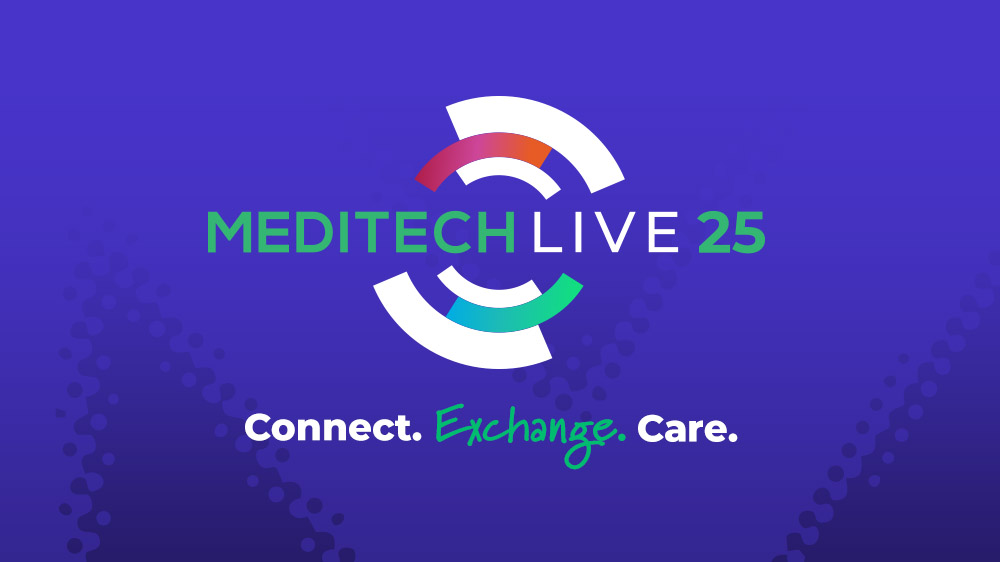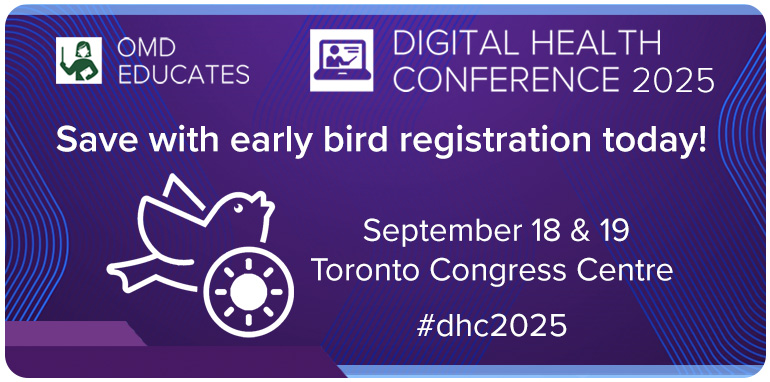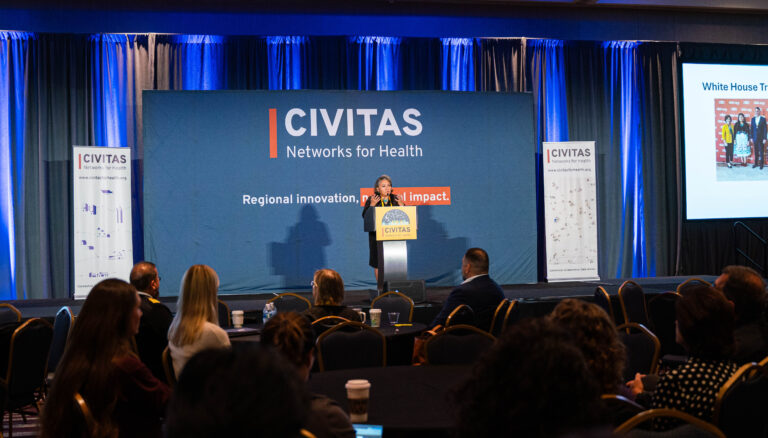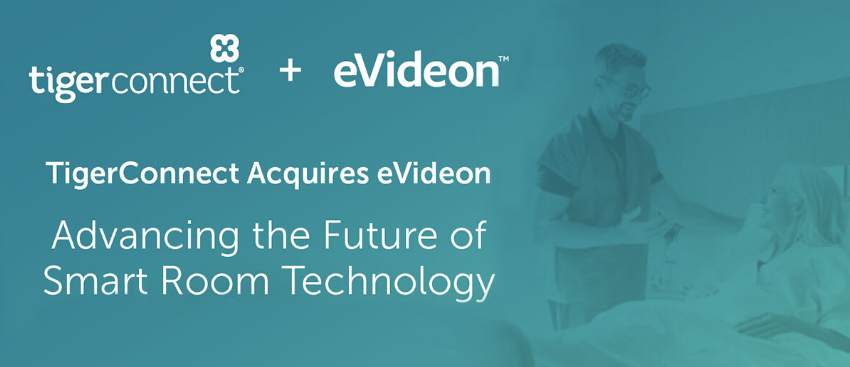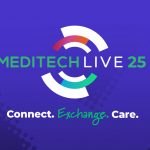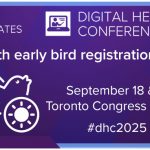Patients and caregivers often have difficulty obtaining the medical records they need when they have a health crisis, switch doctors, or plan to see a specialist, according to a new report from the US Department Health and Human Services’ Office of the National Coordinator for Health Information Technology (ONC).
The researchers interviewed 17 consumers about their experience and four records administrators about the challenges in fulfilling record requests. They also analyzed medical release information from 50 healthcare systems and hospitals in 32 states.
To obtain their records, consumers must fill out an authorization form, in some cases online. Some patients must go to their doctor’s office and complete the form in person.
Under the Health Insurance Portability and Accountability Act, a practice must give consumers access to their records within 30 days after they request it. However, patients often don’t know that, and it may not be explained to them, the report said. In addition, they may need the records in a hurry, especially if they are scheduled to see a specialist, and the information may not be available right away.
When patients do receive their records, they often find they’re incomplete or inaccurate, the report noted. Then they have to contact the office to obtain what’s missing or correct what’s wrong.
In case studies of three people who requested their records, the researchers showed all the hoops they had to jump through. For example, a woman who had a young daughter with epilepsy used a spreadsheet to keep track of the different web portals, passwords, and record request processes for each office she and her daughter went to. For one visit to a pediatrician, she had to collect records from five specialists, each of whom used a different process for record requests.
A middle-aged man with headaches and back pain from a car accident 6 months earlier had trouble getting records from the hospital to give to his primary care physician. Different people at the hospital told him to do different things when he would have preferred to get clear, consistent instructions. The hospital portal wasn’t useful to him, because he had to fill out a form, print it, and give it to the facility’s records office to have records sent to his doctor.
Records supervisors interviewed for the report said that their efforts to provide records to patients were hindered by the incompleteness and fragmentation of the records, some of which were available only on paper.
The report supports the use of patient portals to give patients access to their health information. But this is not necessarily an ideal solution, a 2015 article in Medical Economics found. Certified electronic health records can generate clinical summaries and send them to portals that are part of the system. But these summaries are only a snapshot of the patient’s care and leave out many details that other providers may be interested in.
Many physicians are reluctant to share their progress notes with patients. In recent years, however, an increasing number of practices have begun using an approach known as Open Notes to share these documents, usually with good results.
The ONC report made several suggestions to improve patient and caregiver access to health records. Among other things, the report suggests:
- Allowing patients to easily request and receive their records from their patient portal
- Setting up an electronic records request system outside of the portal
- Creating a user-friendly online request process
- Using e-verification to quickly confirm the record requestor’s identity
- Offering a status bar or tracker so consumers can track the progress of their records request
- Providing instructions in plain language on how to request records and what to expect.















